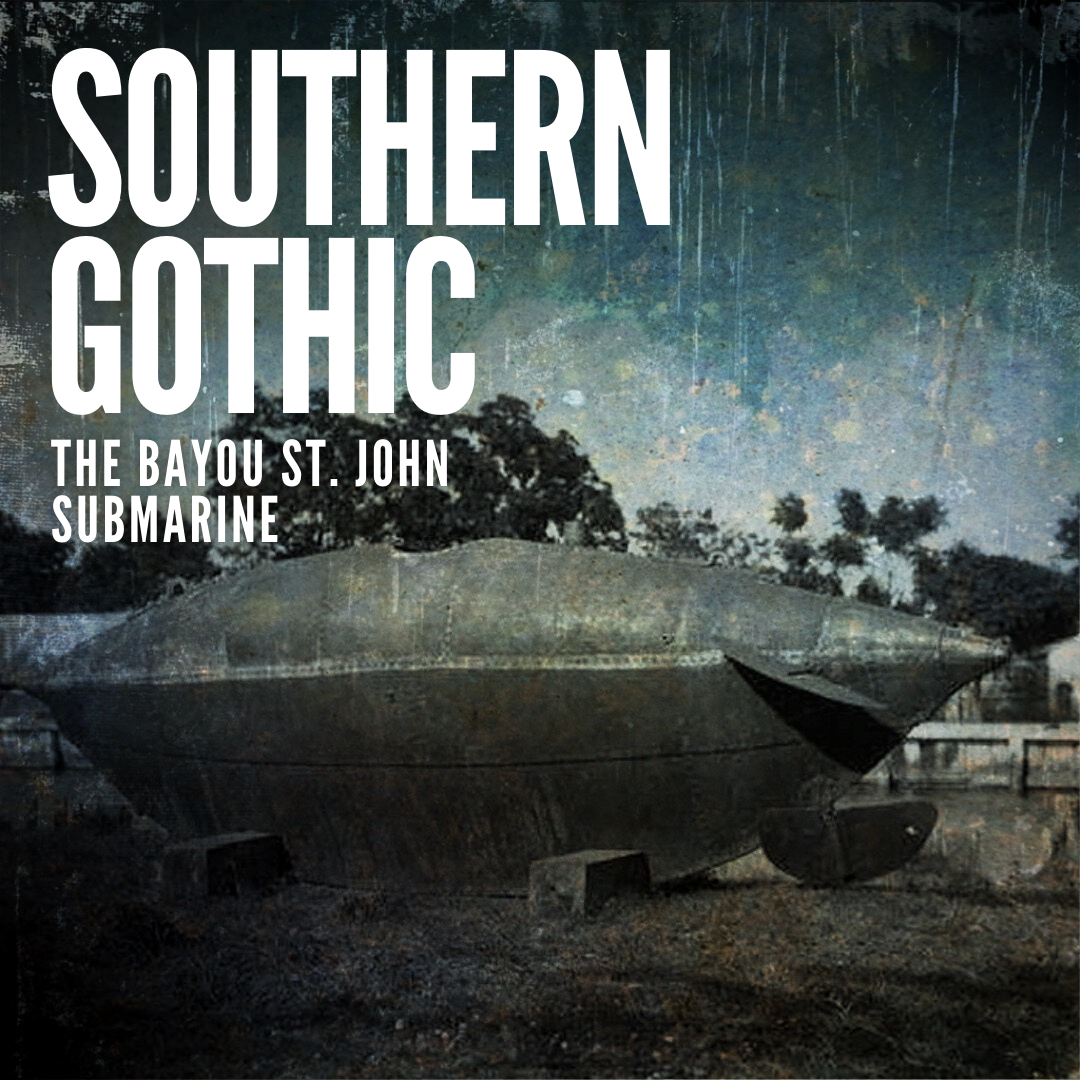Sources:
Brimelow, Benjamin. “The first submarine to sink a warship was more deadly for its own crew than for the enemy.” Business Insider, February 17, 2021. https://www.businessinsider.com/confederate-civil-war-submarine-hunley-first-sub-to-sink-warship-2021-2.
Curry, Andrew. “A Civil War Time Capsule from the Sea.” June 24, 2007. U.S. News & World Report. https://www.usnews.com/news/articles/2007/06/24/a-civil-war-time-capsule-from-the-sea
Duncan, Ruth H. The Captain and the Submarine CSS H.L. Hunley. Memphis, TN: S.C. Toof & Company, 1965.
The Friends of the Hunley. “The Friends of the Hunley.” 2021. https://www.hunley.org/
“H. L. Hunley (submarine).” National Register of Historic Places Nomination Form. Washington DC: US Department of the Interior, National Park Service, 1978. Accessed at https://npgallery.nps.gov/NRHP/
Hicks, Brian. “One-Way Mission of the H. L. Hunley.” January 2014. U. S. Naval Institute. https://www.usni.org/magazines/naval-history-magazine/2014/january/one-way-mission-h-l-hunley
Hicks, Brian. “Rewriting history: Discovery alters legend of doomed sub Hunley.” Updated December 8, 2016. The Post and Courier. https://www.postandcourier.com/archives. https://www.postandcourier.com/archives/rewriting-history-discovery-alters-legend-of-doomed-subhunley-submarine-lifted/article_ebecd2a4-9288-51c7-b6e2-5f26ade4090b.html
Hicks, Brian and Schuyler Kropf. Raising the Hunley: The Remarkable History and Recovery of the Lost Confederate Submarine. New York: Ballantine Publishing, 2002.
Lance, Rachel. In the Waves: My Quest to Solve the Mystery of a Civil War Submarine. New York: Penguin Randomhouse LLC, 2020.
Lance, Rachel M., Lucas Stalcup, Brad Wojtylak, and Cameron R. Bass. “Air blast injuries killed the crew of the H.L. Hunley.” PLoS One, 12 no. 8 (2017). Accessed December 1, 2021. https://doi.org/10.1371/journal.pone.0182244
Roberts, Nancy. Ghosts from the Coasts. Chapel Hill, NC: The University of North Carolina Press, 2001.
Spence, Edward Lee. Treasures of the Confederate Coast: The "Real Rhett Butler" & Other Revelations. Miami, FL: Narwhal Press, 1991.
Stewart, Charles W. Official Records of the Union and Confederate Navies in the War of the Rebellion: Series 1 - Vol. 15. Washington: Government Printing Office, 1902. Google Books. https://books.google.com https://www.google.com/books/edition/Official_Records_of_the_Union_and_Confed/Bl1AAQAAMAAJ?hl=en&gbpv=1#spf=1584657754154
Still, William N., Jr. “A Naval Sieve: The Union Blockade in the Civil War.” Naval War College Review 36, no. 3 (May-June 1983): 38-45. JSTOR.
Walker, Sally. Secrets of a Civil War Submarine: Solving the Mysteries of the H.L. Hunley. Minneapolis, MN: Carolrhoda Books, 2015.
Whipple, John. “The Birth of Undersea Warfare - HL Hunley.” Undersea Warfare, 2006. Archived at https://web.archive.org/web/20121016165452/http://www.navy.mil/navydata/cno/n87/usw/issue_32/hunley.html





































